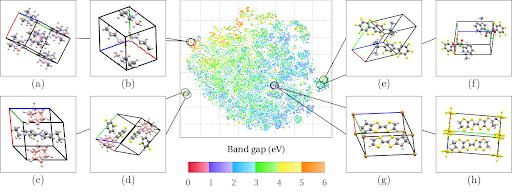-
Status
This call is open.
-
Project start
You're welcome to apply any time.
-
Official information
Click above for further information.

Nordita, the Nordic Institute for Theoretical Physics, was founded in Copenhagen, Denmark, in 1957. It moved to the AlbaNova University Center in Stockholm, Sweden, in 2007, where it is jointly hosted by KTH Royal Institute of Technology and Stockholm University. Research at Nordita covers a broad range of theoretical physics including astrophysics, biophysics, condensed matter physics, gravitation, cosmology and astroparticle physics, high-energy physics, and statistical physics/complex systems. The research activity of the local academic staff is supplemented by Nordita Scientific Programs, which bring together groups of leading experts to work on specific topics for extended periods. There is also ample opportunity for collaboration with faculty and research staff at local universities. Further information about Nordita can be found at www.nordita.org
Project description
Modelling of quantum magnetic materials with the OMDB
This thesis project aims to extend and explore calculations of tensorial exchange interactions for quantum magnetic materials. The project will be pursued in the Theoretical Quantum Matter group [1] at Nordita and involve development and use of the Organic Materials Database (OMDB) [2], a platform for virtual material science experiments.
Researchers at Nordita and KTH have taken an important step forward for predictive modelling of magnetic materials. To this end we have developed a scheme for high throughput calculations of dynamical magnetic properties, using as input only the crystallographic structures of the materials [3]. By means of this technique a data set for crystalline organic magnets has been produced containing for each system predictions of the local magnetic moments (spins), the strength of the pairwise magnetic interactions, the ground state pattern of the magnetization, and the characteristics of the dynamics of the interacting spins.
Within the proposed thesis project, we envision the development and utilization of an algorithmic approach for the calculation of general spin-spin interactions of tensorial form. Currently isotropic Heisenberg Hamiltonians are used within the OMDB. In order to describe the low-energy excitation spectra of quantum organometallic materials, it is desired to extend the workflow for high throughput calculations of magnetic Hamiltonians, to support also the calculations of Dzyaloshinskii-Moriya interaction and other anisotropic couplings. The calculation of these couplings requires good insight in the crystal structure and space group symmetries. Traditionally such work is pursued for a single or a few materials at the time with the calculations involving manual intervention. The current project aims for an automated workflow of the kind that has become a cornerstone of modern materials informatics.
References:
[1] Theoretical Quantum Matter group, Nordita http://www.tqmatter.org/.
[2] The Organic Materials Database (OMDB), https://omdb.mathub.io/ .
[3] J. Hellsvik, R. Díaz Pérez, R. M. Geilhufe, M. Månsson, A. V. Balatsky., Phys. Rev. Materials 4, 024409 (2020).
Project length:
A 30 or 60 credits master thesis project as part of a master degree programme at KTH or Stockholm University
Supervision:
The student will be jointly supervised by Dr. Johan Hellsvik, Dr. Matthias Geilhufe, and Prof. Alexander Balatsky.
Contact
Contact us at hellsvik@kth.se, geilhufe@kth.se, avb@nordita.org.
Further information about the position can be obtained from Nordita/UConn Professor Alexander Balatsky, avb@nordita.org.
Advertisement:
